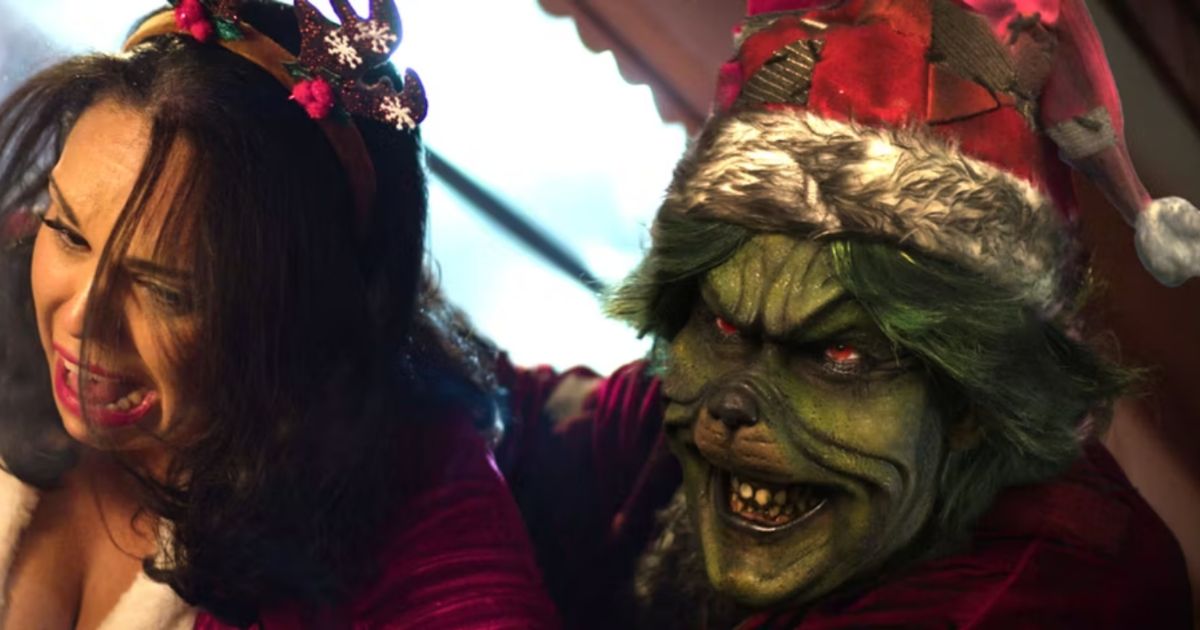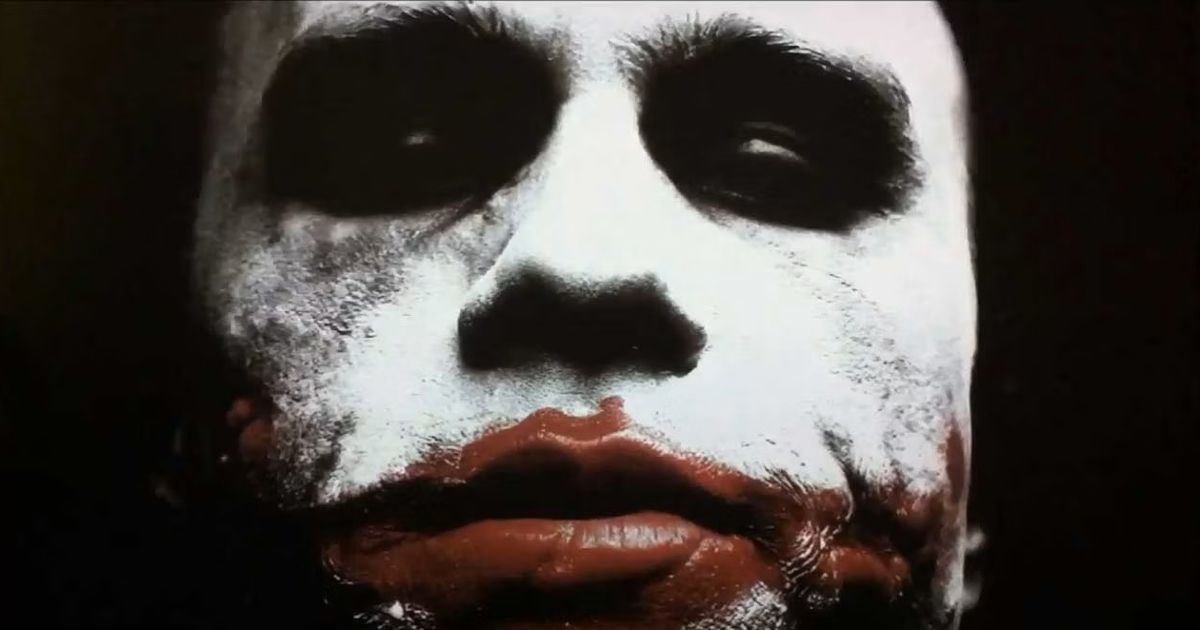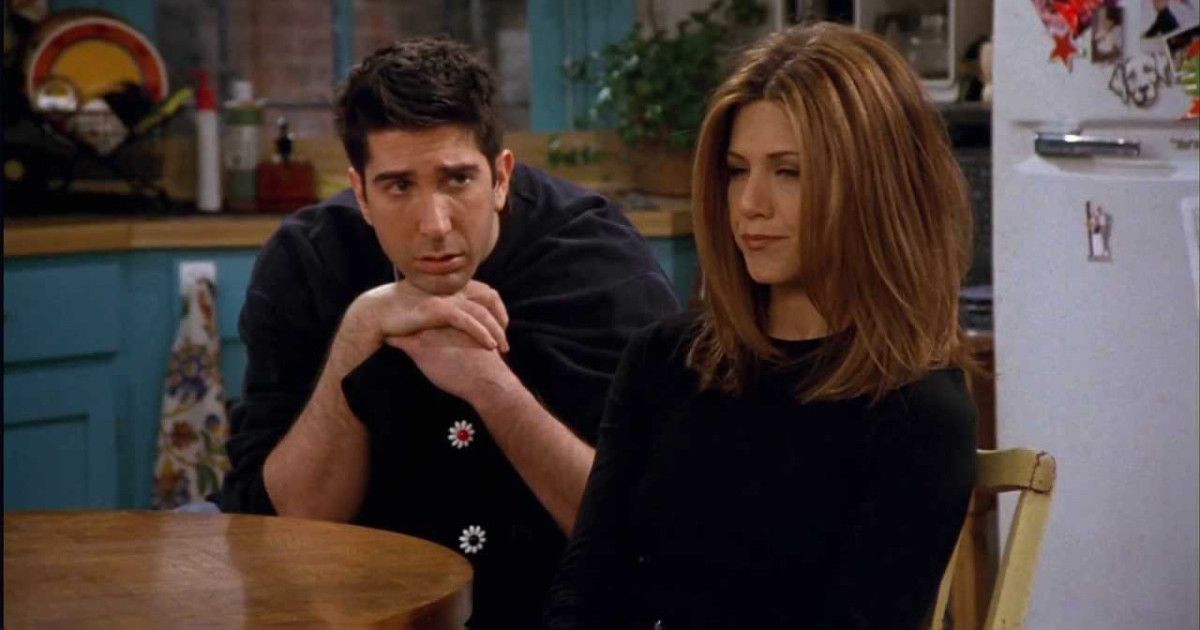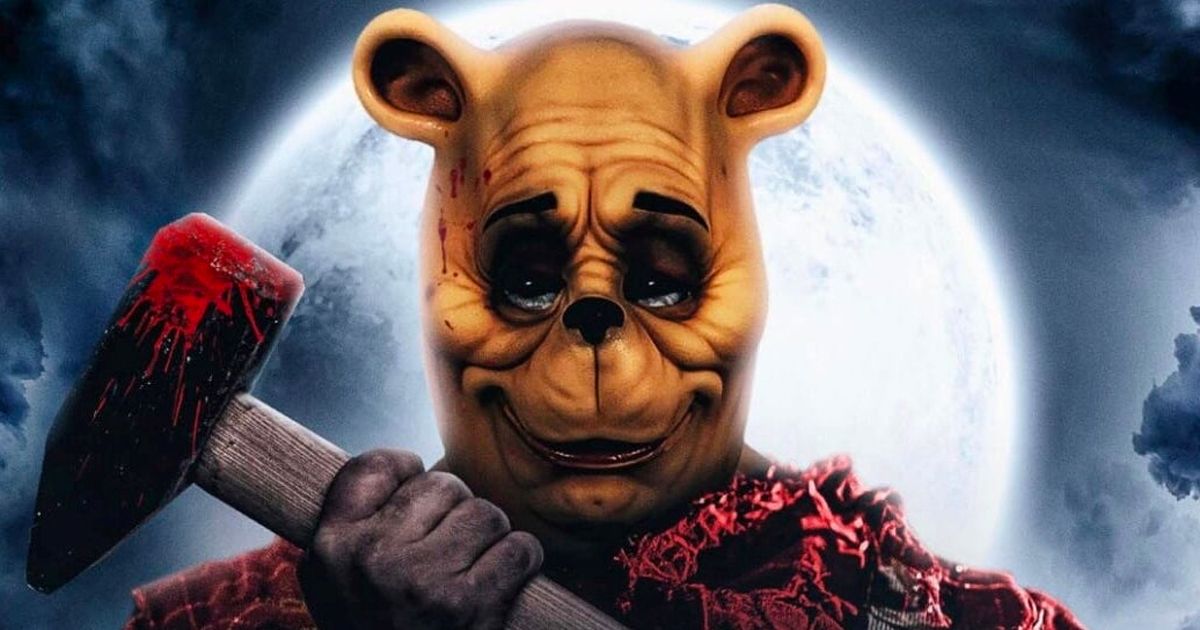Children’s stories are one of the most popular genres of fiction in the world, and one of the oldest. From the fairy tales of Hans Christian Andersen to the rhyming works of Dr. Seuss and his army of creations, children’s stories have long fascinated audiences and inspired Hollywood.
But that inspiration seems to have taken a strange turn in recent times. First there was the news that there'd be a slasher horror Winnie the Pooh movie, titled Blood & Honey, where the lovable bear turns into a demented monster. Now The Grinch is getting a similar treatment with The Mean One, which reimagines the green grouch as a merciless killer. Let's take a look at the various reasons why children’s characters have become ripe grounds for decidedly non-child-friendly horror movies.
The Corruption of Innocence
At its most basic level, horror stories have a simple premise — take something familiar and safe, and turn it into something unfamiliar and corrupted. Like a cheerful birthday clown getting turned into the sadistic and cannibalistic Pennywise from IT. Or the demon Valak from The Conjuring franchise taking the form of a demonic nun to challenge the protagonist’s Christian faith. Or peaceful suburban life becoming a claustrophobic hell-hole in Invasion of the Body Snatchers or Society.
It was inevitable that some filmmakers would take this same principle of corrupted innocence and apply it to pop culture icons that have soothed and entertained children for decades. Characters like Winnie the Pooh and the Grinch are deeply familiar to audiences, which is why it seems all the more terrifying when they are transformed into deranged madmen thirsting for our blood.
The “Gritty-fication” of Pop Cinema
In the past, Hollywood had no problem making colorful, light-hearted movies aimed at younger audiences. But the early 2000s brought a change to the aesthetic of the genre. Suddenly the cool thing was to take such films and make them “gritty” and “realistic." Batman Begins did this for the titular Dark Knight, who used to be a colorful and goofy character in the '60s TV show, to great critical acclaim. The X-Men movies also avoided putting the mutant heroes in their comic-accurate colorful costumes and kept their adventures grounded in real-world bigotry and deep-state paranoia.
Even James Bond could not escape this trend, with Casino Royale doing away with all the over-the-top gadgets, weirdly-named villains, and world-ending schemes in favor of telling a story that feels like it belongs more with the Bourne Identity franchise rather than Bond. The message Hollywood was giving out was clear: Stories aimed at younger audiences can also be serious and “grown-up.” One way to interpret this message is to give characters like Winnie the Pooh and the Grinch gritty, R-rated makeovers.
The Anti-Nostalgia Train
Hollywood is relying very strongly on nostalgia to sell tickets these days. From Spider-Man: No Way Home and Top Gun: Maverick to Ghostbusters: Afterlife and Rob Zombie's Munsters movie, virtually every major movie is banking hard on the nostalgia factor. Film and television are assuming that audiences love everything from the past, and will view anything associated with a bygone era through rose-tinted nostalgia glasses.
But today there is equally a strong fascination with “anti-nostalgia,” and viewing past movies and shows through a more critical lens. This has led to many past films and shows being viewed as problematic in modern times, like the lack of diversity in Friends, or certain troubling undertones in the depiction of goblins in Harry Potter. This kind of anti-nostalgia means audiences are also interested in viewing content that shows up past heroes and icons in a new, less-than-stellar, sometimes even downright disturbing light.
Pooh and Other Properties are Entering the Public Domain
Of course, all the desires of filmmakers to show audiences a freshly sinister side to decades-old characters would come to nothing if they do not have permission to use those characters. But after more than a hundred years of modern pop culture shaping our worldview, many of those properties are entering the public domain. This is the reason the new Winnie the Pooh horror movie is legally able to get made.
In other cases, as with the horror remake of The Grinch, the film is being labeled a parody to avoid copyright issues. That is why the character is being called “The Mean One” instead of being referred to as the Grinch in trailers for the movie. As more characters from decades past make their way into the public domain in the coming years, and more films use parody law to take well-known characters, we will undoubtedly see many more such dramatic reimaginings of characters that purist fans might have a problem with.
At the end of the day, the power that fictional characters hold over our minds is only as valid as the stories we remember them by. So for older audiences, Winnie the Pooh and the Grinch might be innocent symbols of joy and redemption. But for new audiences whose first contact with Pooh and the Grinch will be through their horror avatars, those same characters might just become a new source of unhappy nightmares.





